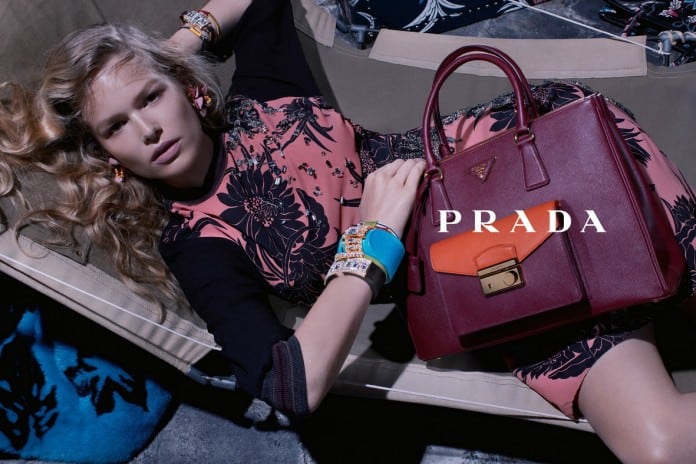
Luxury brands should devote particular attention to millennials and Chinese consumers in the coming years, according to True-Luxury Global Consumer Insight, the fifth edition of an annual study by The Boston Consulting Group (BCG) and Altagamma, presented in Milan.
Millennials are the generation that will contribute the most to the market’s growth: some 130%, to account for 50% of the market in 2024. Chinese consumers represent the nationality driving the most growth: about 70%, to account for 40% of the 2024 market. The overall luxury goods industry, including products and services, is worth approximately €915 billion today and will reach about €1,260 billion in 2024.
Altagamma (which gathers high-end Italian cultural and creative companies) and BCG are releasing today their latest survey on luxury goods, which covered 10,000 consumers of luxury goods across ten countries. This survey notably focuses on millennials and Chinese consumers.
The Attractiveness of Casual Style Is Confirmed
Formal dressing is on the decline: 73% of consumers are turning away from it, a 7-percentage-point increase since our last survey. This trend is encouraged by wardrobe saturation among the eldest consumers and their “forever young” behavior. Younger generations, for their part, feel that casual style better represents their personal branding. The rise of affordable luxury and numerous collaborations between classic brands and streetwear brands are also stimulating this trend.
Social Media, Online, and Mobile Are Gaining Prominence
The omnichannel approach has stabilized for the first time; online-only and store-only growth have reached equilibrium. Digital must remain a priority to define an omnichannel strategy compatible with target expectations. The percentage of online sales perceived as being additional, and not a cannibalization of, physical sales is decreasing each year, with China the least cannibalized country to date.
Luxury brands should develop their mobile strategy: 55% of luxury consumers buying online use their mobile phones versus personal computers. Peaks appear among the youngest generations and Chinese consumers, 75% and 77%, respectively, of whom use mobile.
Social media and influencers are gaining power. For the first time, social media is the first source of information and the channel of primary impact used by true-luxury consumers, followed by magazines and brand websites. Five platforms (Facebook, Instagram, WeChat, Weibo, and QQ) are dominating the social media world, but Facebook is losing momentum to Instagram in the Western world and QQ is losing momentum to WeChat and Weibo in China.
Focus on Millennials: Consumer Aspirations Are Disrupting Luxury
Collaborations with streetwear brands and artists are becoming the norm for generation Zers and millennials. “Collaboration covers demand for newness in a less risky way. It gives brands a cool edge and strengthens brand awareness as well as increases willingness to buy the brand. Collaboration is increasingly in demand and turns out to be a very effective purchasing incentive,” said Olivier Abtan, a partner in BCG’s Paris office and the global leader of the firm’s luxury, fashion, and beauty topic.
Unlike “absolute luxurers,” who buy luxury items exclusively, millennials do not hesitate to mix and match. About 55% of this group trades down to buy handbags or T-shirts from cheaper brands, or mixes their style by buying sneakers and luxury shoes from luxury niche brands (including luxury sports). This trend appears to fulfill consumers’ need to create their own style. Counterintuitively, however, millennials seem to be the generation with the highest degree of brand loyalty. When they do look for different brands, it’s because luxury brands don’t have offerings in certain categories or because of the millennials’ desire to have a unique style, express themselves, and seek out niche brands.
Focus on China: Luxury Brands Should Emphasize the Digital Ecosystem
Social media and word-of-mouth are the first and second sources of information for Chinese consumers, with 49% and 30% respective shares. The relevance of social media and influencers (the third source) is not only an attitude of Chinese consumers, who love being informed by brands, it’s also important to brand strategy. Considering the advanced online ecosystem in China, the e-commerce activity of Chinese in other industries, and the average amount of time the Chinese spend on social media, luxury brands should aim to increase their share of consumers’ attention in the digital ecosystem. It will be crucial for brands to find a way to work within the whole ecosystem in order to drive traffic to their websites and provide Chinese consumers with a seamless and integrated shopping experience.





































